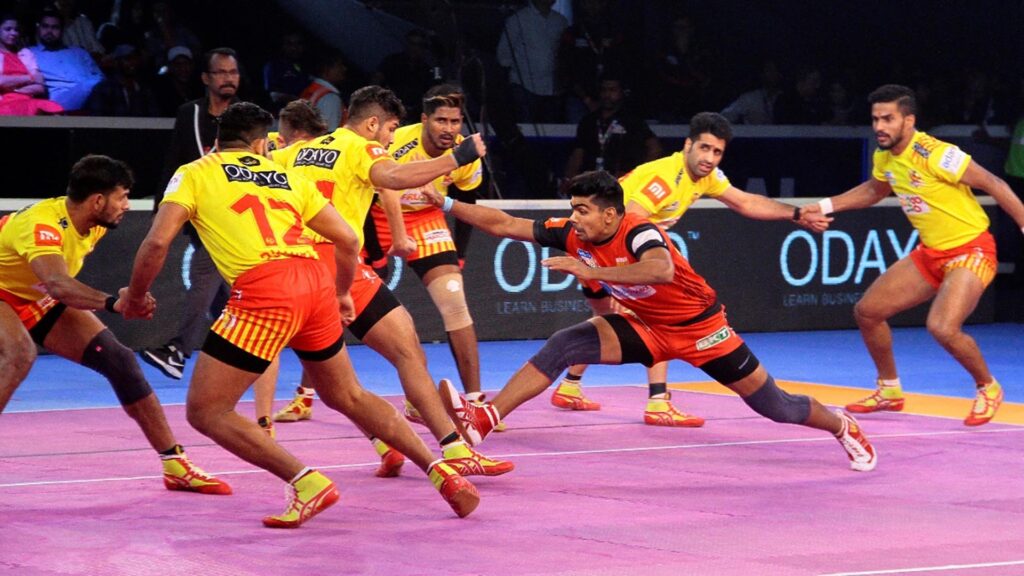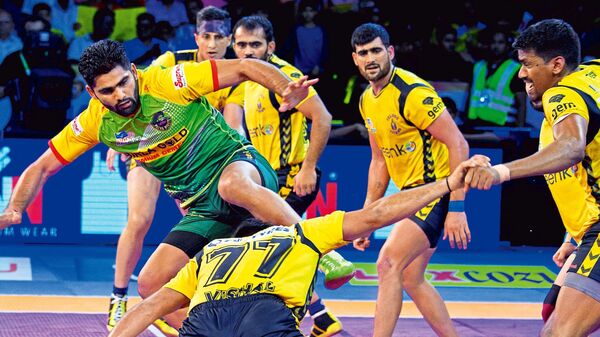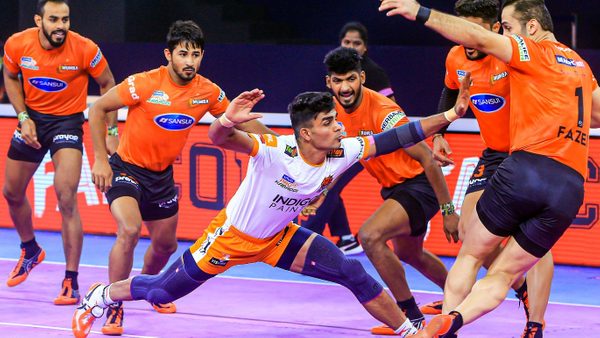
Kabaddi: The Traditional Indian Sport of Strength and Strategy.
One of India’s oldest and most well-liked traditional sports is kabaddi. With deep cultural roots and a thrilling, fast-paced gameplay, It has not only remained relevant in villages and towns but has also grown into an international sport with professional leagues and global audiences.
Origin and History of Kabaddi
It has a long history that dates back thousands of years. It is believed to have originated in ancient India, with references found in Indian mythology, especially in stories of warriors like Abhimanyu in the Mahabharata. Traditionally, was played as a form of physical training that improved stamina, reflexes, and team coordination.
Initially popular in rural India, It is grew in popularity across the subcontinent and gradually gained international recognition. It was introduced as a competitive sport in the Asian Games in 1990 and has since featured regularly. In addition to Europe and the US, Kabaddi is played in Iran, South Korea, Bangladesh, and Pakistan today.
Rules and Gameplay
It is a contact sport played between two teams, each with seven players. The game is played on a rectangular court, and the objective is simple yet challenging. One player, known as the “raider,” enters the opponent’s half and tries to tag as many defenders as possible while chanting the word “kabaddi” continuously without taking a breath. The raider must return to his own half safely to score points for his team.
In contrast, the defenders attempt to tackle and prevent the raider from coming back. If they succeed, the raider is out. If the raider returns after tagging opponents, each touched defender is declared out. The teams take turns sending raiders, and the side with the most points at the end of two halves wins the game.
It’s requires strength, speed, agility, strategy, and teamwork. A good raider must be quick and clever, while defenders need coordination and sharp timing.

Types of Kabaddi
There are several forms of Kabaddi played across regions:
- Standard Style: This is the version played in professional and international competitions, including the Pro Kabaddi League and Asian Games.
- Circle Style: Common in Punjab and surrounding regions, this version is played on a circular field and has slightly different rules.
- Beach: Played on sand, usually in coastal areas, this style emphasizes stamina and balance.
Rise of Pro Kabaddi League (PKL)
The launch of the Pro Kabaddi League in 2014 revolutionized the sport in India. Modeled after cricket’s IPL, PKL brought Kabaddi to television screens, with teams representing different cities. The league introduced modern branding, analytics, commentary, and international players, making the game more appealing to younger generations. Since then, PKL has played a vital role in reviving interest in the sport and providing career opportunities to many talented players.
International Recognition
Though Kabaddi is traditionally Indian, its reach is now global. The Kabaddi World Cup, organized by the International Kabaddi Federation, sees participation from various countries. Iran, South Korea, and Bangladesh are strong contenders along with India, showing the game’s global growth.

Importance and Benefits
Beyond only being a sport, kabaddi reflects Indian culture and values such as bravery, self-control, and cooperation. Playing this game improves physical fitness, mental toughness, and quick decision-making. It is a low-cost sport that does not require expensive equipment, making it accessible to all.
Conclusion
For India, It’s remains a source of pride. From muddy village grounds to bright stadium lights, the journey of Kabaddi shows how a traditional game can adapt and grow while keeping its roots intact. With increasing global interest and organized platforms like PKL, It is set to become a truly international sport, inspiring future generations to stay active and connected to their heritage.
